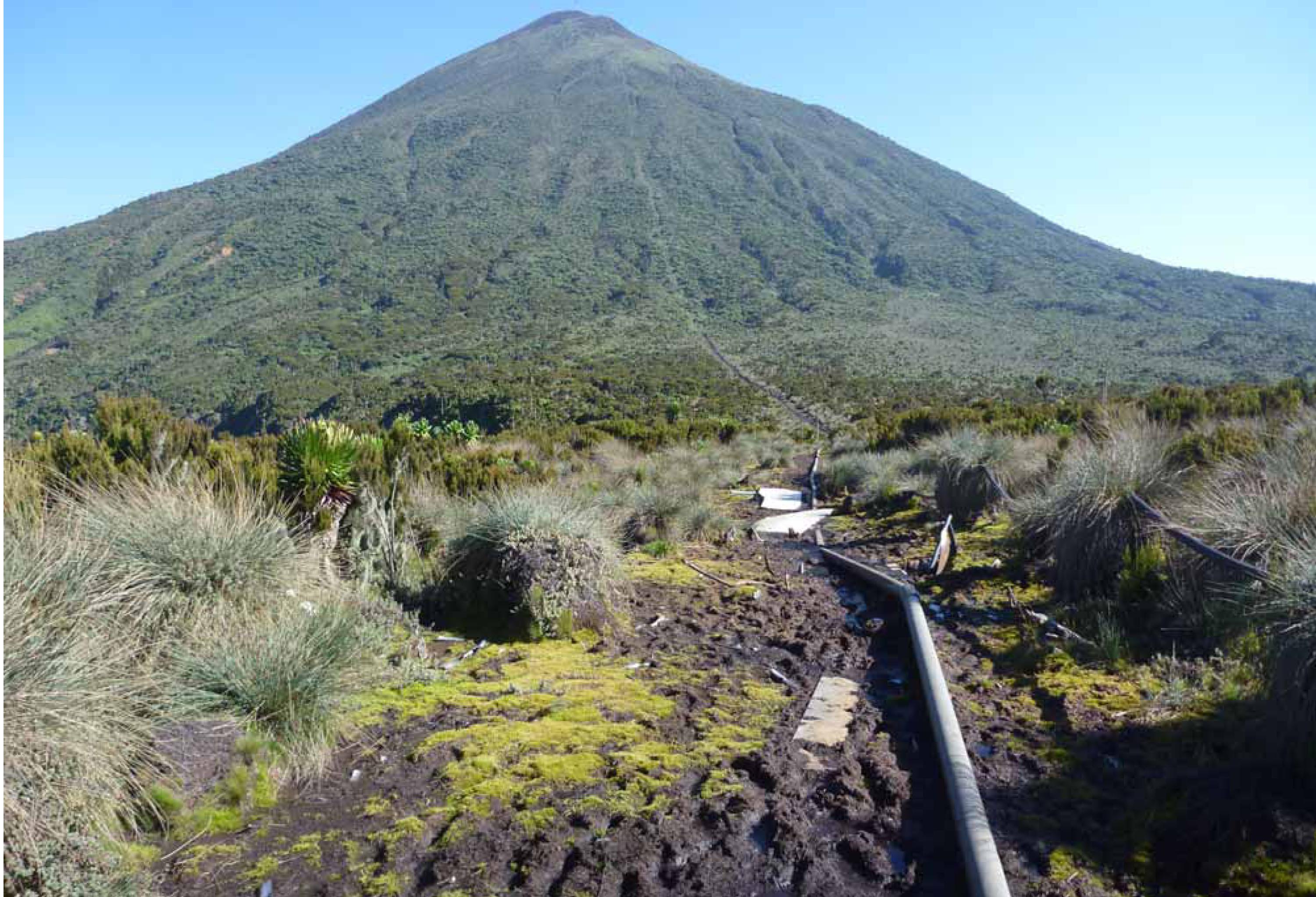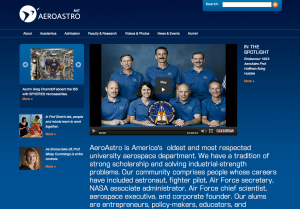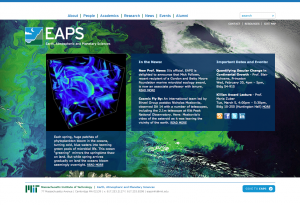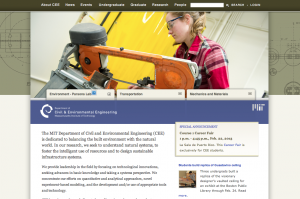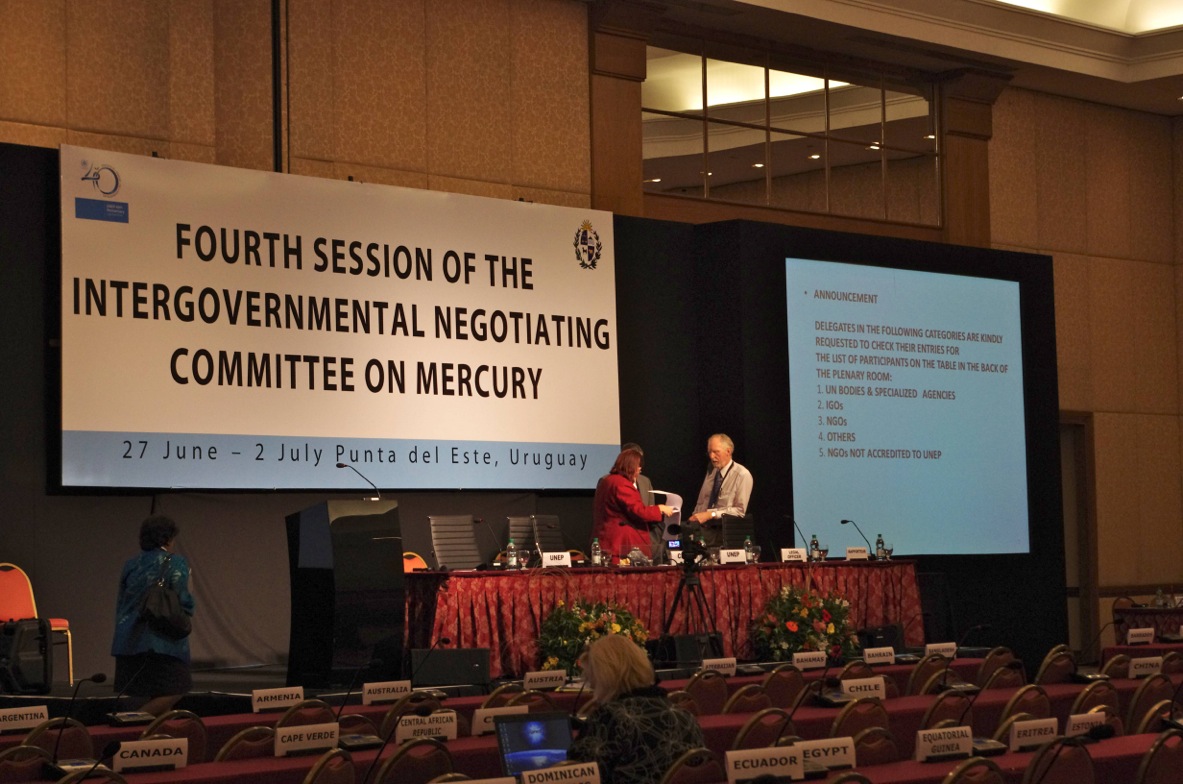Research Spotlight

Can Anthropogenic Absorbing Aerosols Affect the Indian Summer Monsoon?
The Asian monsoons affect the livelihood of billions of people. Rapid economic development over the region in the past decades unfortunately has also created abundance of air pollutants such as black carbon aerosols. The Wang group has studied the potential impacts of these particulate pollutants on the monsoonal circulation and precipitation pattern. Using an interactive aerosol-climate model combining with surface rainfall data, they have found that the anthropogenic absorbing aerosols could cause the Indian summer monsoon to come earlier and also a shift in monsoonal rainfall pattern, all in a coincidence with past observed trend.


